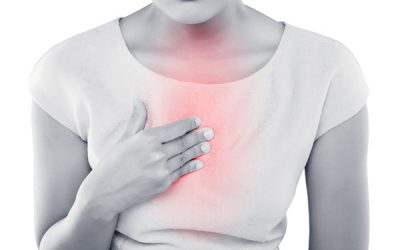Usually develops in the areas of the spine with the highest weight bearing stress which is commonly found at the L4-L5 and L5-S1. There is a anterior slippage of the vertebral segment on the foundation below, the degree of slippage is measurable with the lateral X-ray view.
Mechanism of Dysfunction
The predisposing factors for the development of this condition began with a misalignment dysfunction at the spinal segments, which overtime causes the soft tissue ligamentous, muscle and cartilage to become overloaded and compromised allowing the biomechanical stress to gradually reach the level of the bone and resulting in the development of fractures. A significant hyper lordotic lower back curve also predispose to this deformity as per the increase sheering forces build up at the facet joints and the pars interarticularis.
Congenital Spondylolisthesis is a birth defect and is rarely a symptomatic condition. The body managed to adapt from this biomechanical defect throughout the years.
Is important to note that for the bone to become injured, the previous defence mechanisms have to have failed to allow the biomechanical stress to damage the bone, therefore, the treatment care must aim to restore the health of the entire spinal protective structures.
Assessment Protocol
Clinical assessment to identify the potential areas of the fractures, identify the key joint dysfunctions of the spine that have contributed to this condition. Soft tissue analysis to pinpoint the level of irritation in all tissue layers. Check the level of vascularity.
X-ray analysis
Anterior – Posterior (AP) and Lateral spinal views are essential to analyse the level and direction and the degree of the vertebral slippage.
MRI
Spinal MRI is essential for visualizing the extent of injury on the muscle/tendon and ligamentous, cartilage and bone structure
Locate the exact injury point; Allows the treatment to be more specific during the application of the treatment modalities
Identify the extent of tissue damage and the presence of scar tissue; Provides valuable information regarding prognosis and the application of friction soft tissue modalities to aid on scar tissue removal.
Evaluate the fracture site
Treatment protocol
The treatment care should aim to restore the Pelvic and spinal, the soft tissue muscles/tendon and ligamentous health as well as stimulating and remodelling the cartilage and bone growth.
Specific adjustments on the spine followed by a rehabilitation regime to strengthen the entire soft tissue support of the spinal column
The adjustment is generally made on the segment below of the slippage bringing the foundation segment forward and reducing relatively the degree of slippage
Soft tissue, cartilage and bone healing protocol
Application of Low-level Laser and PEMF directly over the injured tissues to aid on the cellular level of healing as well as improving the microcirculation for the area.
Friction soft tissue therapy helps to reduce dysfunctional scar tissue
Specific stretches and strengthening to improve the resilient of the soft tissue support
Specific selected essential oil application to enhance healing
Dry Needling to promotes blood flow and enhance the soft tissue and cartilage healing.
Depending on the level injury and chronicity, a minimum of 6 weeks up to 12 weeks of treatment care may be necessary to resolve this condition.




